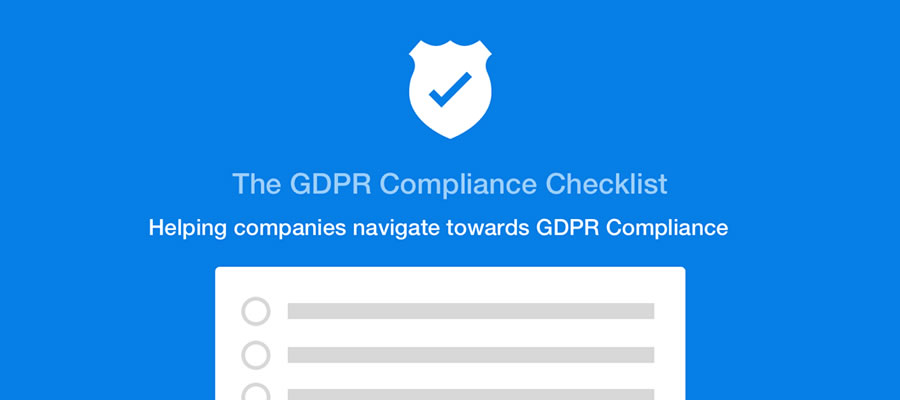Unless you’ve been hiding under a rock for a bit (and even then, the news would probably still reach you), you know that GDPR (EU General Data Protection Regulation) is well and truly in effect. The regulation gives EU citizens control over personal data collected by the websites and services they interact with.
Of course, this affects website owners worldwide, as any site that serves even one EU citizen is obligated to comply. So, whether you’re based in Paris, France, or Paris, Texas – GDPR applies to you.
The internet has been in a mad scramble as companies send out masses of email notices and are changing privacy policies at near lightspeed. But if you haven’t gotten around to dealing with the issue just yet – it’s okay. We have your back!
Below are eight helpful resources you can use to bring yourself up to speed and get your site into compliance.
*And, as the standard legal disclaimer goes, please know that these resources won’t, by themselves, ensure compliance. It takes some work on your part and advice from a legal professional to make things more official.
The Top GDPR Compliance Resources for Web Designers
The GDPR Compliance Checklist
This interactive checklist will help ensure that you are on the right path to compliance.
While it doesn’t cover every possibility, it is quite handy to have a list in front of you if only to help you gain some peace of mind in a very complex situation.

Awesome GDPR
Developer Erwan Richard has curated this list of tools and resources that you can use to become compliant. Included are alternatives to Google Analytics, Maps, and even social sharing buttons that don’t track user data.
Complianz GDPR/CCPA Cookie Consent
WordPress 4.9.6 came stocked with some new privacy tools that have GDPR in mind.
Complianz will scan your WordPress website and generate a cookie consent and policy based on what it finds. The plugin can be configured to display a cookie notice for your specific region, but you can also use a blanket notice for all users. It also blocks common third-party cookies and iframes. And that’s just scratching the surface of what this privacy suite can do.
 GDPR Compliance FAQs
GDPR Compliance FAQs
-
What Is GDPR and Why Is It Important for Web Designers?
GDPR stands for General Data Protection Regulation, a set of laws in the European Union aimed at protecting personal data. Web designers need to be aware of these regulations to create websites that comply with data protection standards.
-
Who Should Be Concerned About GDPR Compliance?
Any web designer or developer creating sites that may be accessed by EU citizens, regardless of where the designer or the website’s business is based, should be concerned with GDPR compliance.
-
How Does GDPR Affect Web Design Practices?
GDPR affects how personal data is collected, stored, and used on websites. Web designers must ensure that websites have clear consent forms, secure data storage, and transparent privacy policies.
-
What Are the Key Elements to Include on a Website for GDPR Compliance?
Key elements include clear consent forms for data collection, easy access to privacy policies, options for users to view or delete their data, and secure data encryption.
-
Can a Website Be GDPR Compliant Without Affecting Its Design Aesthetics?
Yes, GDPR compliance primarily involves backend processes and clear communication to users. It can be implemented in a way that seamlessly integrates with the website’s design.
-
What Happens If a Website Isn’t GDPR Compliant?
Non-compliance can lead to legal action and large fines, as well as damage to the website’s and business’s reputation for not adequately protecting user data.

